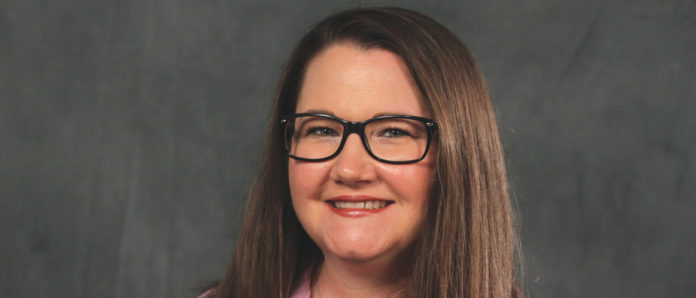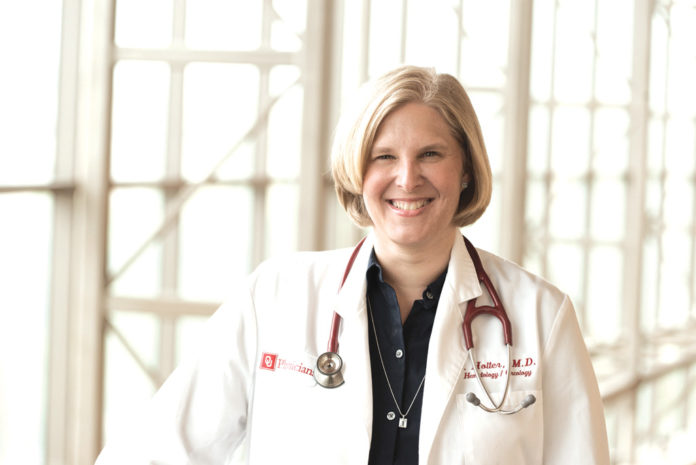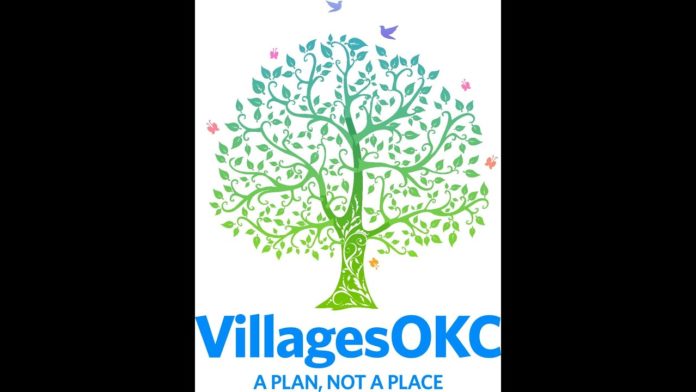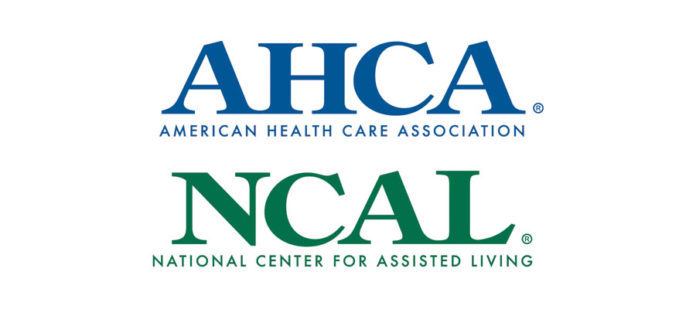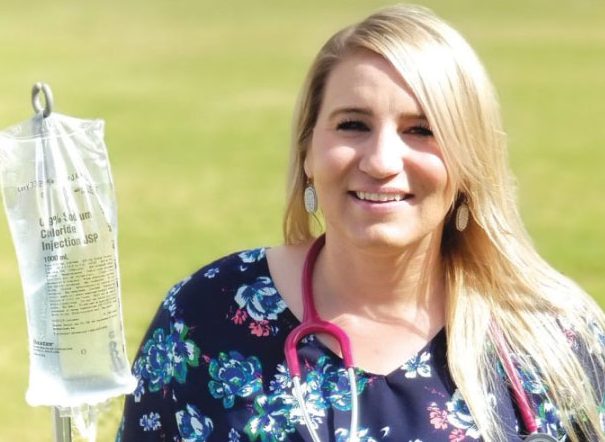By Christina Sibley Lic. Insurance Producer, Bachelor of Science Health Studies/Gerontology.
Now that Fall is behind us and visions of Spring are ahead, why are we still talking about Medicare enrollment? What many people don’t know is that there are many enrollment periods to Medicare and special circumstances around those periods.
Why is this important? There may be several reasons someone wishes to make a change outside of the October 15th – December 7th annual open enrollment period. Perhaps the options they currently have are just too expensive, or they need an option with different or more benefits. Maybe there have been life changes like a move, change in finances, change in other health insurance coverage, or newly diagnosed health problem.
Here are a few common additional enrollment periods, that may apply. These are not the entire list so if these don’t apply, or you aren’t sure, you can always ask your Medicare broker to see if you may qualify for one or visit Medicare.gov for more information.
January through March- Medicare Advantage Open Enrollment
· Those already on a Medicare Advantage (part C) plan can make one plan change to another Medicare Advantage plan or go to original Medicare and add a drug plan. The plan changes are usually effective the first day of the following month.
· It’s important to remember that this period can’t be used to go from original Medicare to a Medicare advantage plan or to change from a drug plan to another drug plan BUT There may be other special election periods that can be used for that.
January through September- Low Income Subsidy/Dual (Medicare/Medicaid) eligibility
· If you are currently qualified for Extra Help or Medicaid health coverage, become newly eligible, or lose your qualification for Extra Help or Medicaid you may make a change. Those currently qualified may make one change per quarter for the first three quarters of the year.
· Extra Help is a program that helps pay prescription drug premiums and/or prescription costs for those who meet the income and resources requirements. Even if your income is too high for food assistance or Medicaid, you may still qualify for Extra Help. One of the most beneficial aspects of Extra Help is it may keep qualified people out of the dreaded coverage gap or “donut hole” and can lower drug copays. Apply through Social Security or your Medicare broker may be willing to help you.
Special enrollment and special needs plans based on health conditions.
Special enrollment and special needs plans based on health conditions.
· Some areas of Oklahoma may have “special needs plans” based on chronic health conditions, such as heart disease or diabetes.
· Enrollment in these plans, if you qualify, is open through the year. Enrollment is based solely on existence of a qualifying health condition, not income. Other special needs plans, not based on health conditions, may be available and based on enrollment in both Medicare and Medicaid.
Special Election Period due to declared disaster
· If you missed an election period that you otherwise qualified for due to a declared disaster in your area (like one of our famous Oklahoma ice storms, floods, and/or tornados) there may be an additional election period granted for a specific amount of time. These usually apply to valid election periods for those new to Medicare or those already enrolled in Medicare.
Special Election period- you moved
· If you move out of state, a service area (usually based on counties), or there’s a new plan available to you because you moved, even if your plan is still available, you may make a change and do not have to wait until October 15th. This also applies if you recently moved back to the US, you moved into or out of an institution (like a skilled nursing or long-term care facility), or you were released from jail.
· Time to pick a new plan may be limited to just 2 months, so be sure to review your options and change right away.
You lost other insurance coverage or have the chance to get other insurance coverage such as:
· Employer coverage, Medicaid, Program for All Inclusive Care for the Elderly (PACE), or Other credible coverage (like VA or Tricare). Specific rules may apply. Not all other coverage is considered “credible”, especially if you wish to delay or stop part B enrollment. Make sure to do thorough research to avoid penalties for late enrollment or non-coverage.
These are just some examples of additional enrollment periods and special circumstances that may apply to you. The Medicare website is always the best source of information but feel free to reach out to your broker as well if you have questions or visit our Resource Guide at www.okveterannews.com – see Medicare Brokers.


